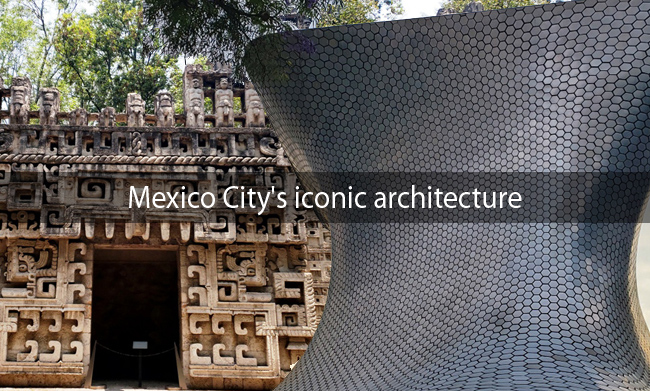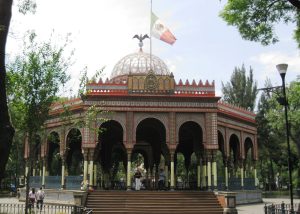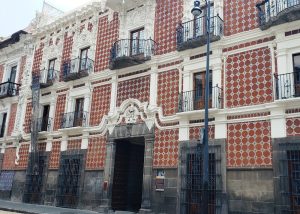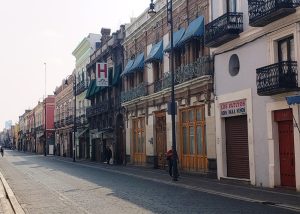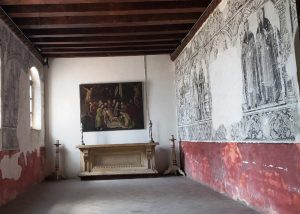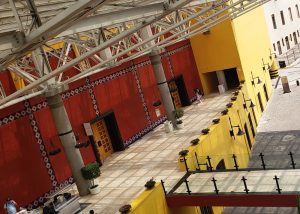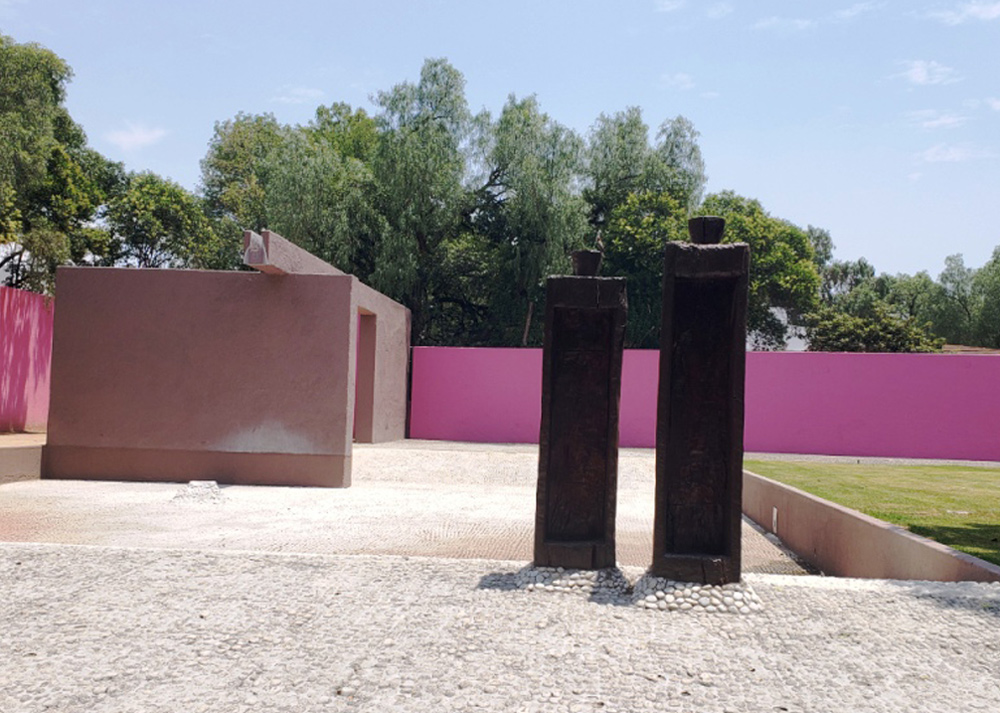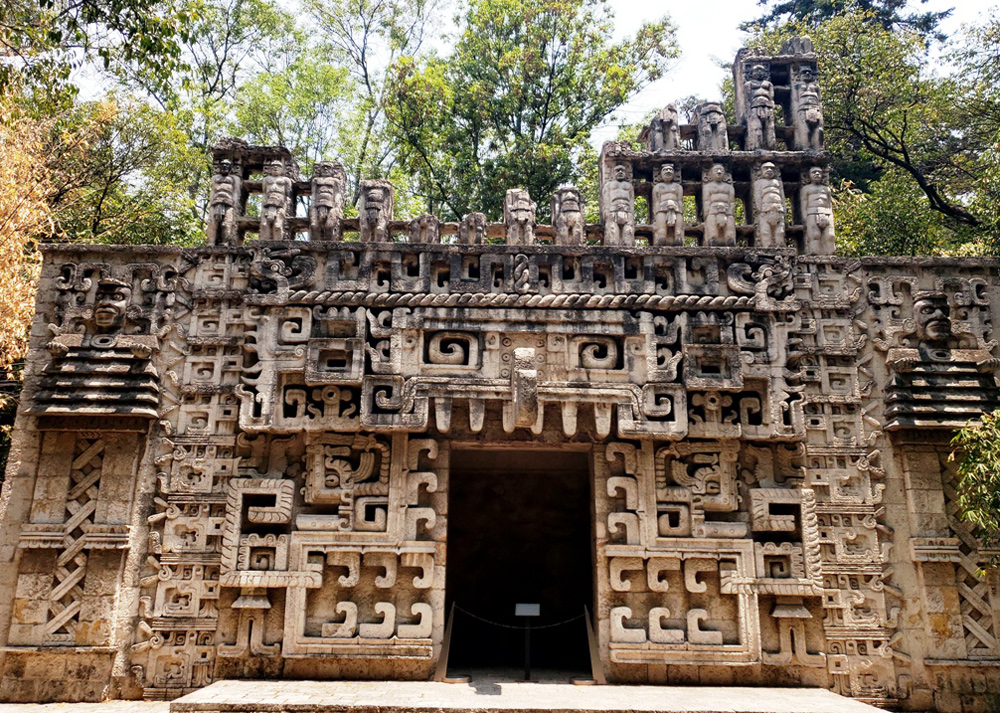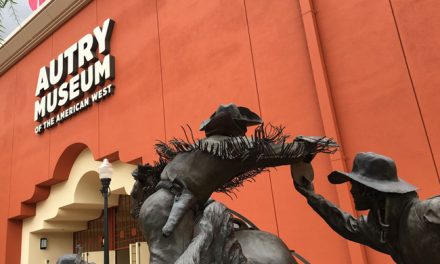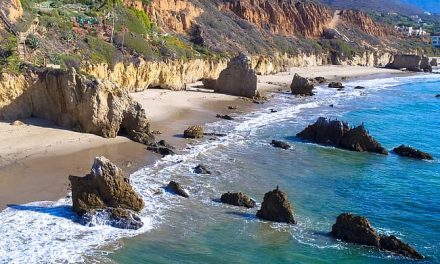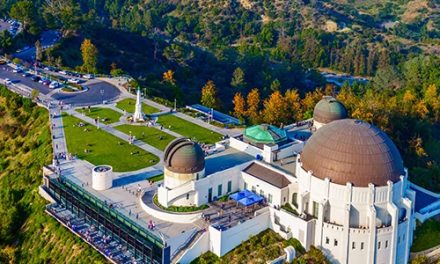MEXICO CITY'S ICONIC ARCHITECTURE
Remember the following details about Mexico City’s iconic architecture: Mexico City boasts some of the world’s most famous buildings, including the Art Nouveau Palacio de Bellas Artes and Senosiain’s organic houses. To truly absorb its unique culture, visitors must explore several iconic places.
The Teotihuacan Pyramids are a significant architectural center that integrates mathematics and astrology. These monuments were used as temples for rituals and continue to capture our imagination with their distinctive colors and textures.
The construction of the first cathedrals in Mexico began in 1521 with the establishment of New Spain. Over time, more elaborate structures were built, influenced by successive European styles during the colonial era. The predominant architectural style during this period was the Mexican Baroque, which emerged as a fusion of Amerindian and Christian architectural elements.
The syncretic Amerindian-Christian architecture developed organically as Indigenous people interpreted European architectural and decorative features in the native, pre-Columbian style called “tequitqui.” The New Spanish Baroque, an artistic movement that appeared in what is now Mexico in the late 16th century, lasted until the mid-18th century. Indigenous artisans gave it a unique character.
The mission of St. Michael, the Archangel, in Huejotzingo, just outside the city, is a prime example of the fusion of European and Mesoamerican architecture, seen in features like the atrial cross, incorporating Indigenous and Christian iconography. Notable New Spanish Baroque art examples include the Metropolitan Cathedral of Mexico City with its Altar of the Kings and the church of Santa María Tonantzintla in Puebla.
The preeminent neoclassical Mexican architect was Manuel Tolsá. He helped finish Mexico City’s Metropolitan Cathedral in 1816 and the Palace of the Marqués del Apartado in 1810. Later, in the 20th century, architects José Villagrán García, Juan O’gorman, and Luis Barragán strongly influenced the industry with their significant new works.
The work of Luis Barragán represents modern architecture in Mexico City. The houses he designed in the 1950s and ’60s explored a way to reconcile Le Corbusier’s teachings with the Spanish colonial tradition, creating a unique Mexican Modernist architecture adapted to its environment.
The Museo Rufino Tamayo, designed by Teodoro González de León, showcases a distinctive Brutalist style with massive concrete blocks covered with rock. The Museo Nacional de Antropología, designed by architect Pedro Ramírez Vázquez, stands out as a striking modernist building surrounded by lush gardens.
Ricardo Legorreta, known for his bold use of color and geometric forms, incorporated traditional Mexican architectural elements into modernist design. His work is characterized by a vibrant minimalist sensibility and deep respect for local culture. A notable project is the Camino Real Hotel.
Javier Senosiain is known for his innovative and organic architectural style in the 1980s, as seen in the “Casa Organica” complex. Mexican artist and architect Juan O’Gorman’s masterpiece, the Central Library of UNAM, adorned with a mural made of Mexican stones, became an iconic symbol of Mexican culture.
Another cultural destination is the Biblioteca Vasconcelos, designed by architect Alberto Kalach and opened in 2006. The stunning interior is a must-see. The Soumaya Museum, designed by Fernando Romero Havaux in 2010, showcases a facade composed of sixteen thousand hexagonal tiles, offering a unique viewing experience based on the observer’s angle.
The city of Mexico offers incredible spaces that beautifully blend its history, making it a unique architectural destination.
